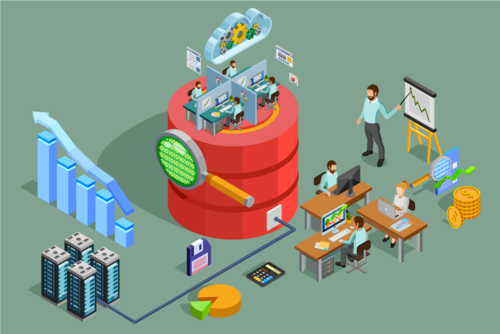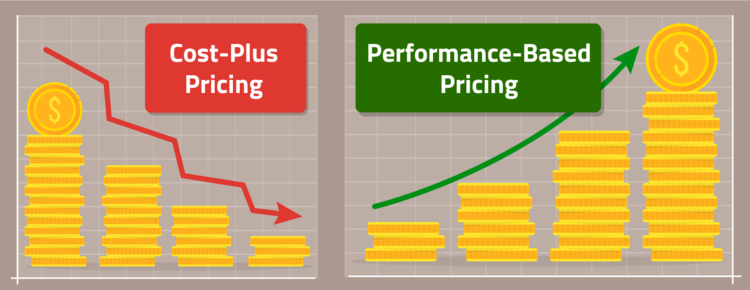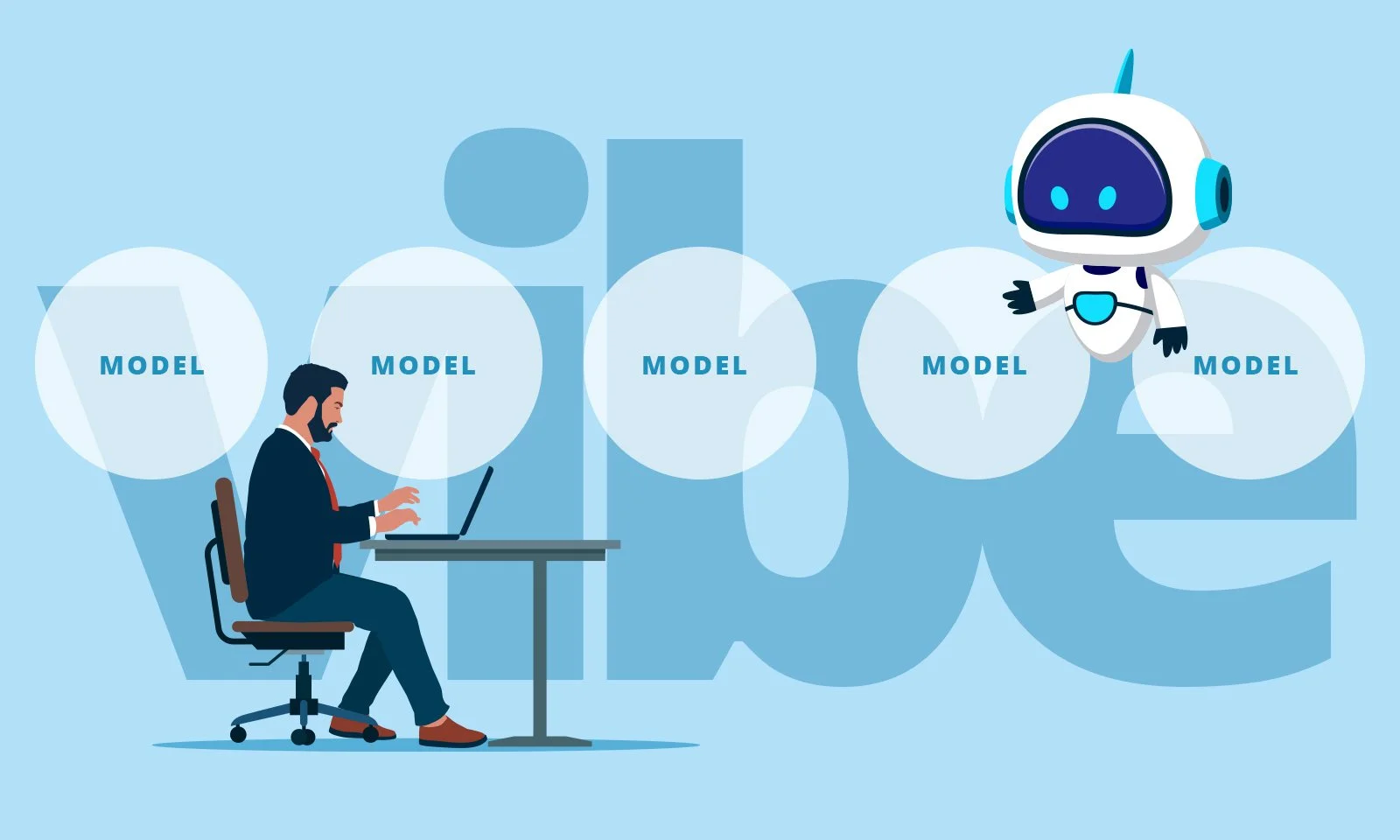THE VALUE & PRICING BLOG
The latest stories, blog articles, and pricing news from the Ibbaka team
The risk discount and pricing power
There is an unspoken discount that most SaaS companies are faced with. This is the risk discount. Buyers are not sure if your product will deliver the value you claim it will, and that they hope it will, so they levy a risk discount. One way to improve your pricing power and increase your price is to reduce this perceived risk.
Three ways to create differentiation for your offer
There is wide agreement that differentiation is critical to effective pricing, but what is differentiation and how do you create it? Enhance an existing value driver. Create a new value driver. Find a new market for your existing or new value drivers. In this post we look at the three basic ways you can develop differentiation for your offer and what these imply for your product and pricing strategy.
Where does pricing fit in the customer journey?
How does pricing fit into the customer journey? Customer journey mapping has become a critical tool in the service design toolkit. Understanding how to introduce pricing and how to communicate about pricing over the customer journey is an important part of pricing work.
How will you leverage data to improve your pricing?
On Thursday, January 18 we will co-host a webinar with Keboola on data driven strategies to optimize profit. See our events page to sign up Are you collecting the data you need to improve pricing? How are you putting that data to use? Do your target customers understand the value of your offer?
Finding it difficult to segment your market? Your offer may be undifferentiated.
Good market segmentation brings together customers that buy the same way and get value from a product or service offering the same way. It ensures optimized use of an organization’s resources through targeting customer segments who derive value from the offering in a way that is in alignment with the organization’s objectives of maximizing revenue, profit or margin at a reasonable cost to serve. Market segmentation is the foundation of value-based pricing. In value-based pricing the goal is to capture a fair share of the differentiated value of an offering relative to the customer’s next best competitive alternative.
Sometimes cost-plus pricing is your best option
Cost plus pricing is the best pricing method when the customer has control of the deliverables and when only the customer can know the value of the offer.
Pricing Power. What it is. How to get it.
Many of our customers put pricing and growth as central to their strategic plans. Understanding pricing power begins with understanding differentiated value provided to customers and then investing in critical actions to communicate and capture it.
Make pricing your strategic edge in 2018
Many of us are now deep in strategic planning for 2018. We are defining goals, setting priorities and marshalling resources. What role will pricing play in your 2018 strategy?
Key business questions for pricing excellence
Ibbaka helps you execute on value-based pricing. This is a pricing strategy where your price is based on the differentiated value you provide to your customers. The alternatives to value-based pricing are cost-plus pricing (good for contracts where the deliverables are poorly defined and controlled by the client), transactional pricing (what happens with commodities), market following pricing (if you have little pricing power) and various forms of auctions (growing in importance as M2M pricing becomes more common).
When is 'user pricing' a good pricing metric?
User-based pricing has gotten a lot of bad press recently. It is generally seen as a lazy pricing metric, used by companies that have not thought deeply about their value metric and how to connect the pricing to value. But there are many cases when user-based pricing is the best metric and should be used.
Understanding Customer Value Creation and Usage to Determine Price
Understanding how a product or service offering creates differentiated value for the customer is the foundation of value-based pricing. Prices should align with the value the customer receives, thus ensuring the seller is maximizing returns from the customers and target the customers that derive the most value from the offering. These are the customers that will be happiest and most successful, the kind of customer you want to build a business on. For pricing to be effective, it should track the value metric. This is the unit by which the product or service offering is consumed that best reflects how the customer gets value.
How, Where, When and Why - looking inside Service Design
The world of Service Design—an interdisciplinary skill that blends elements from various fields such as user experience, systems design, marketing, and psychology to optimize new services. Explore its key principles and associated skills, and learn how Ibbaka enhances collaboration in this innovative domain.
Managing discounts in B2B SaaS
Discounting can be a touchy subject. Sales people often claim that discounts are required to make the sale. Pricing is philosophically opposed to discounts as they undermine profitability and signal lack of pricing power. Marketing worries about how discounts will impact value perception but at the same time desire the increased attention that a well-managed discount campaign can generate. How do you manage all of these different imperatives?
How does Ibbaka price Ibbaka's services?
One of the best questions we are asked is 'OK, you are pricing experts, so how do you price your own services?'
A fair question and we don't answer this by giving a price. We advise our clients not to get into a price discussion until they have established value. We follow that advice ourselves!
Enabling Value-based Selling with Rapid Targeting
Much of the work we do at Ibbaka is centered around value-based pricing. In one of my previous posts, I reviewed one of the key inputs of pricing strategy—market segmentation. Now, I would like to explore another critical business process—value-based selling. How can we enable our sales people to practice value-based selling?
The SaaS Freemium Trap - Photobucket vs Meetup
The freemium revenue model is the go-to-market strategy for many web-based software solutions. Unfortunately, it can turn into a costly trap for the service provider. We saw this happen in June of this year with the Photobucket freemium to fee-based service migration debacle. Let's delve into what went wrong with Photobucket's fee introduction and contrast this with the lessons to be learned from Meetup's successful migration to a paid subscription model.
Don't set prices. Design pricing!
Bringing a new offer to market is one of the most difficult things a business does. There are a lot of moving parts and it is difficult to keep all of them aligned. Pricing is something that often gets left to the end of the process.
Smart investors care about how you price your offering
Pricing power has a huge impact on how investors see your company. One rule of thumb used in due dilligence is to ask, 'Can this company raise its prices?' If the answer is no, or if there is a lot of downward pressure on prices, then company valuation goes down. Smart companies understand their pricing power and are taking steps to increase it.
Why good pricing strategy starts with market segmentation
A solid pricing strategy necessarily needs to be based on an understanding of your customer and their alternatives. There are a lot of tools that can be used to gather this information.
The value two step - go beyond understanding your customer to understanding their customers
Value-based pricing is based on understanding how your offer creates value for your customers. The standard way to do this is to see how you can improve their statement of profit and loss. Understanding this is a good start, but does it really enable to right conversations with your customers?
Never miss an update
Subscribe to the Value & Pricing Newsletter to get insights that help you supercharge your growth.

























